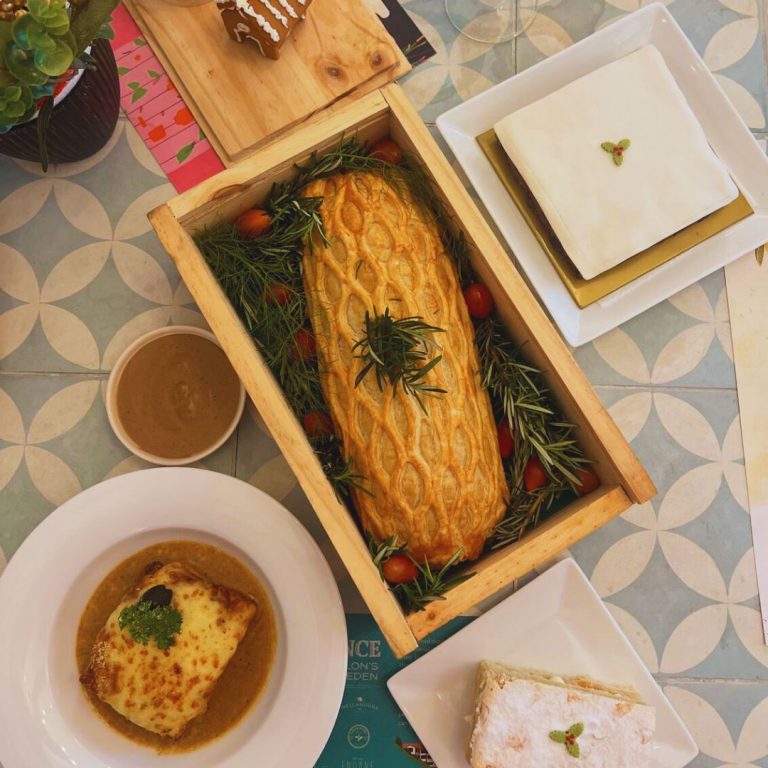Ah, it’s that time of the year; doe-eyed teenagers hold hands at various bus halts,
parks are teeming with couples who keep fearfully looking around every few
minutes to make sure their guardians are not in the immediate vicinity to break up their rendezvous, et cetera; Valentine’s Day.
Which is why we thought it would be timely to retell five of the most famous love
stories in Sri Lanka. After all, who doesn’t love a tale of a forbidden romance,
clandestine meetings, beheadings and suicides and pining? (love and tragedy, it
seems, go hand in hand).
Rama and Sita
Possibly one of the most famous love stories in our part of the world, Rama and
Sita remains a favourite despite ticking the boxes for a few clichés. They were both royalty- Sita was the daughter of King Janaka in Mithila, and Rama was the prince of Ayodhya in India. They had a blissful marriage, but Rama’s evil stepmother persuaded her husband to exile Rama from the kingdom in a ploy to place her own son Bharatha on the throne instead of Rama.

Source : dollsofindia.com
The beautiful Sita, giving up her birthright to the luxuries of royalty, decided to
accompany her husband in his exile to the wilds.
Meanwhile, King Ravana, the king of Sri Lanka at the time, was a powerful ruler
belonging to the Yaksha Tribe. He had a sister, Suparnika, who, according to
legend, could take the shape of anyone she wished.
Suparnika, who had heard of the heroic Rama, fell deeply in love with him. Her
brother King Ravana, playing the perfect wingman, helped Suparnika capture Sita and imprisoned her in what is now Sita Amman Kovil, in Sita Eliya.
Ravana, having witnessed Sita’s unparalleled beauty, wished to make her his
queen, but she remained loyal and true to her husband Rama. Eventually, with the help of Hanuman, Rama defeated Ravana and was reunited
with his beloved wife. History tells us that Rama also eventually managed to
become ruler of Ayodhya as well.
Deega Gamini and Unmada Chitra
 Unmada Chitra was a beautiful princess who was the daughter of
Unmada Chitra was a beautiful princess who was the daughter of
Bhadhrakachchayana and King Panduwasdewa. She was their only daughter and had ten older brothers.
At the time of her birth, the royal fortune tellers warned the king that the son born to Unmada Chitra would grow up to kill her brothers and his uncles and take the throne for himself. The brothers decided to kill their newborn sister over this prophecy (as you do), but were dissuaded by the oldest brother who suggested that she be imprisoned in a tower instead, where no male could see, let alone court, her.
Deega Gamini, a young man who was the son of Bhadhrakachchayana’s brother
and who decided his type was forbidden princesses who lived in towers, found
himself a job at the palace by his aunt’s influence solely to seek out Unmada
Chitra. He befriended the guards to the princess’s tower, Chitraraja and Kaalawela, who let him in to see her. It was love at first sight for both of them, and thus began a love story which most of the ninth chapter of the Mahawamsa is dedicated to.
Their torrid affair remained a secret until Unmada Chitra became visibly pregnant. Incensed, her brothers killed Chitraraja and Kaalawela for not doing their duty, and also planned on killing Unmada Chitra. However, her oldest brother Abhaya came to her aid and proposed to wait and see if their sister bore a daughter –in which case, the baby would be spared, or a son – in which case, he would be slaughtered.
She bore a son, but she was prepared for this outcome and secretly sent him to the village of Doramadalawa, and raised as her own a baby girl from a peasant family in his stead.
Much later, her son realized his birthright and fulfilled the prophecy by killing his nine uncles (the ones who were constantly out to kill his mother and then him), and spared the oldest uncle. He ascended the throne and became one of the greatest kings of Sri Lanka, King Pandukhabhaya.
Saliya and Ashokamala
One of the most epic and beautiful love stories of our past, this took place in the
Anuradhapura era.

Source : slguardian.org
Prince Saliya was the only son of the great King Dutugamunu. One day, as he was off to participate in princely activities, he noticed and proceeded to fall in love with, our heroine, Ashokamala. Her name was actually Devi, but having met her for the first time as she was standing by an Ashoka tree, the prince – who was not known for his creativity, gave her the name Ashokamala (cute!).
History books tell us he brought her to the palace following their very first
meeting. They were both madly in love with each other, but unfortunately, she was of a much lower caste and thus deemed unfit to associate with, let alone romance, the Crown Prince.
But Saliya decided that being royalty did not matter if he could not be with the
love of his life, and thus he gave up his right to the throne to marry Ashokamala.
Even King Dutugemunu, who had been opposed to the marriage, blessed their
union after witnessing the depth of their love for each other.

Source : shellcoastresort.com
Their tale is immortalized in history books, in songs like “Ashokamala” sung by
Chandralekha Perera, and in the famous historical statue – the Isurumuniya Lovers carved in 6th century BC.
Daskon and Pramila
This takes place in the Kandyan Era.
Pramila, who was one of the queens of King Sri Weera Parakarama
Narendrasinghe – the last Sinhala king of Sri Lanka, was unhappy in her marriage.
And with good reason; the king, crowned at 17, was quite the playboy, regularly
engaged in a lot of drunken revelries, and was generally not as great a husband as he should have been.
Meanwhile, one of his officers, Superintendent Daskon, who was of French
descent, was a charming man who composed and orated poetry with great skill and was quite popular with the ladies (because of poetry, duh). A lot of the queens had fallen for him, but his heart belonged only to Pramila. For a time, they were happy in their love affair (which most of the palace staff were well aware of).
One day, a sacrifice was to take place in Pramila’s honour, and thus a statue was to be erected in her image. The king noticed that a birthmark in a private part of
Pramila’s body had been sculpted with exact attention to detail and location.
Puzzled, he asked the sculptors how they had known of her birthmark, and they
replied that it was Daskon who had informed them of it. Enraged that an officer who was also a close friend of his, had had an affair with
his queen, the king commanded that Superintendent Daskon be executed, and he died by impalement at the stakes.

Source : silumina.lk
Thus their story ends, but it is retold even today in the song “Sakman Karana
Maluwa” sung by Karunaratna Divulagane and Samitha Mudunkotuwa.
Thomas Maitland and Lovina

Source : sundayobserver.lk
Long before the famous Mount Lavinia hotel became what it is now, it was the
official residence of Thomas Maitland, a British governor in the early 1800s. Parties were often held at this residence, and it was at one of these extravaganzas that Maitland met his beloved Lovina, a 17-year-old gypsy girl who was part of a dance troupe who performed at the party.
Lovina, a beautiful young lady whose father was a Dutchman and mother a
gypsy, was similarly entranced by Maitland, who although much older, was a
charming man.
Source : tripadvisor.com
They often met in a secret tunnel that connected the gipsies’ shelter with the
Maitland residence. Maitland called her Lavinia instead of Lovina because he
found her name hard to pronounce.
It is said that a soldier who desired to marry Lovina was shot dead by Maitland, and he also shot dead another soldier who ogled at her bare chest. The caste system in those days was such that those of the lower caste, such as gypsies, were not allowed to cover their upper bodies, and it was Thomas Maitland who declared that gypsy women were free to cover themselves as well.

Source : mountlaviniahotel.com
The Maitland-Lovina affair was so popular that it even reached the court of King George, the King of England at the time. He was approached by English people who petitioned against the king’s wealth being wasted on a gypsy girl by Thomas Maitland, the Governor of Ceylon.
As such, King George declared that Maitland was to return to England. Before he
embarked on a ship to England, Thomas Maitland requested that his residence be renamed Mount Lavinia in honour of his beloved, and his request was granted.
Eventually, the whole of Galkissa came to be known as Mount Lavinia. However,
Lavinia herself, devastated by the loss of her lover, it is said, threw herself off a
cliff and committed suicide.
These stories that speak of tragedy, of loss, of sacrifice, of secrets, but most importantly, of love, are stories that are constantly reincarnated in every era. After all, love transcends all boundaries of caste, nation and race. And although love and tragedy, it appears from these stories, do go hand in hand, the course of true love never did run smooth.









